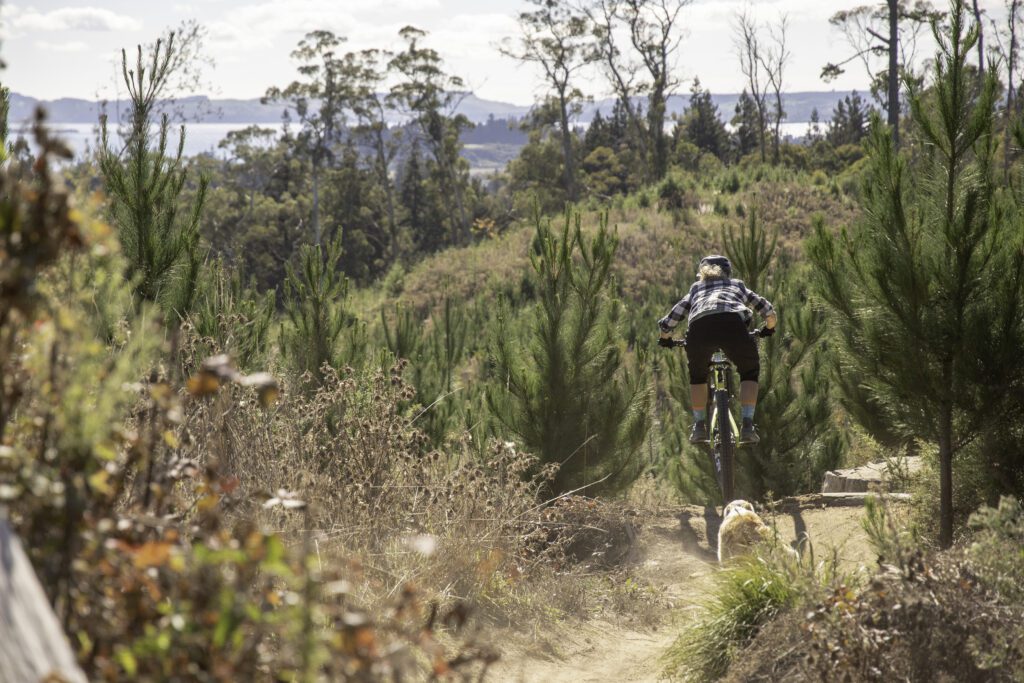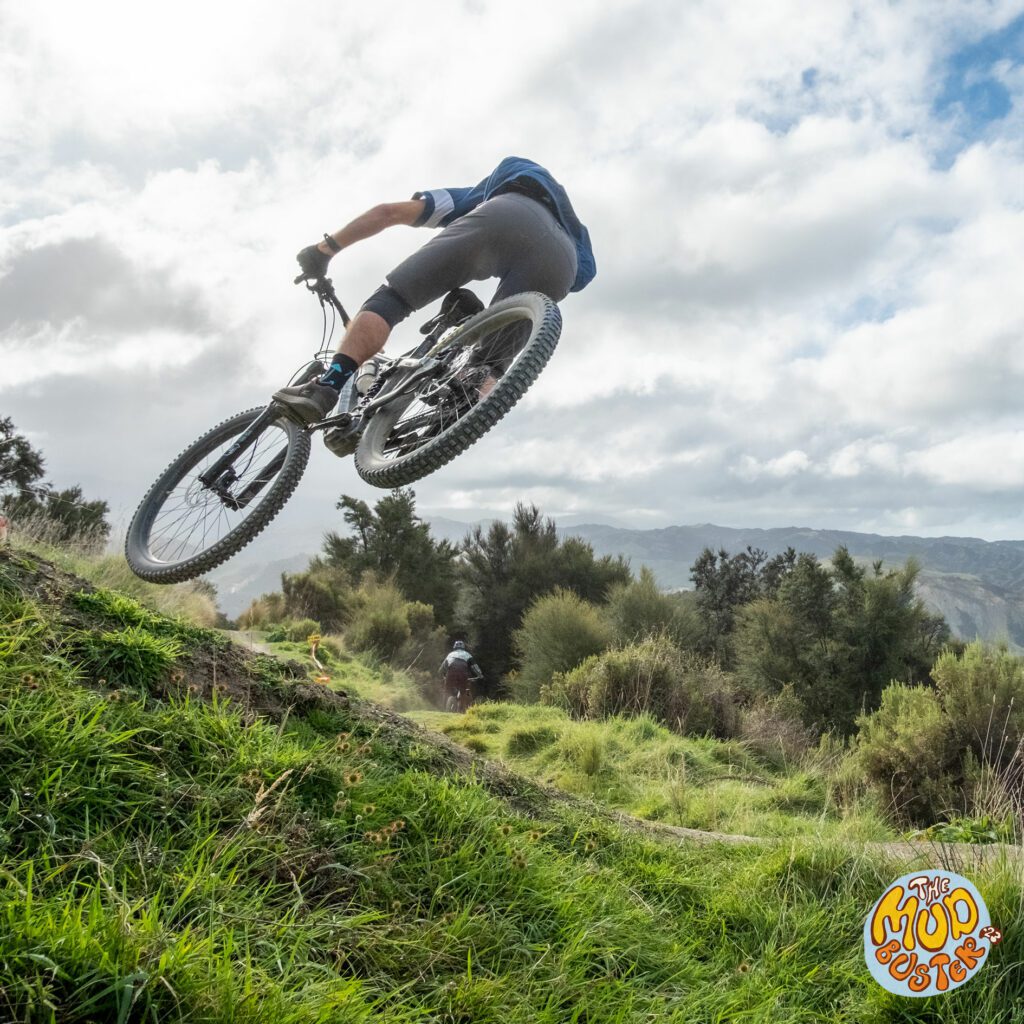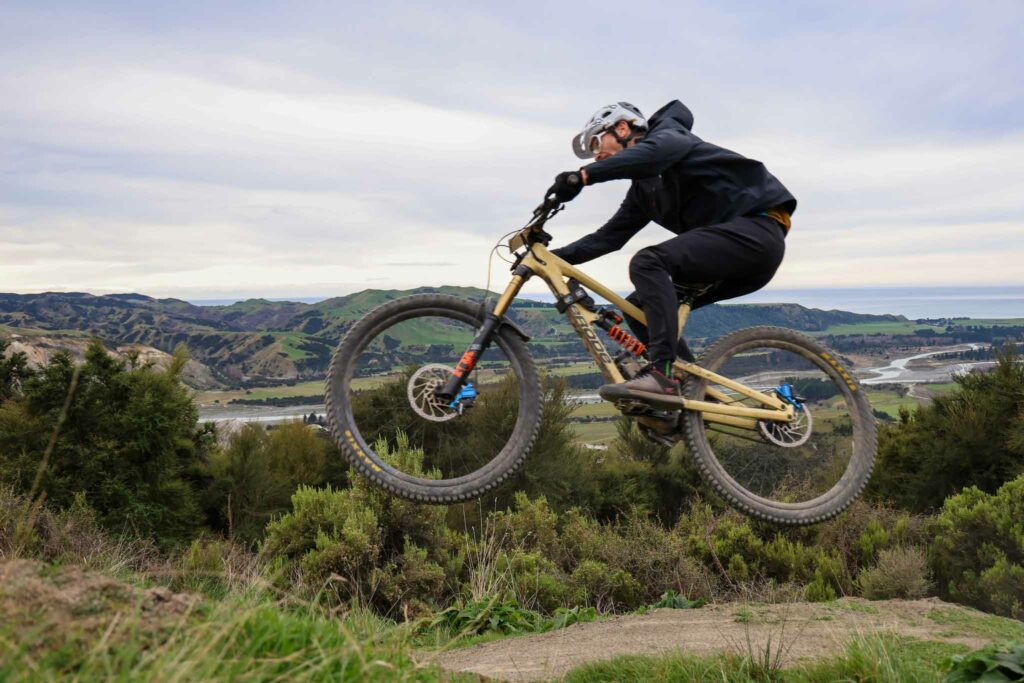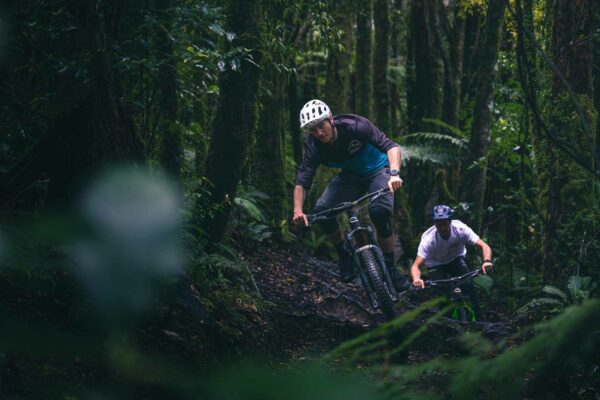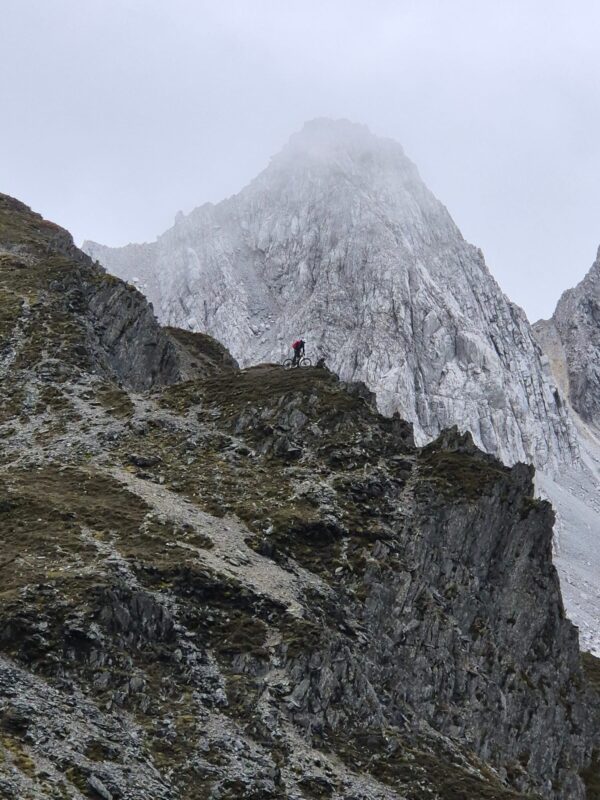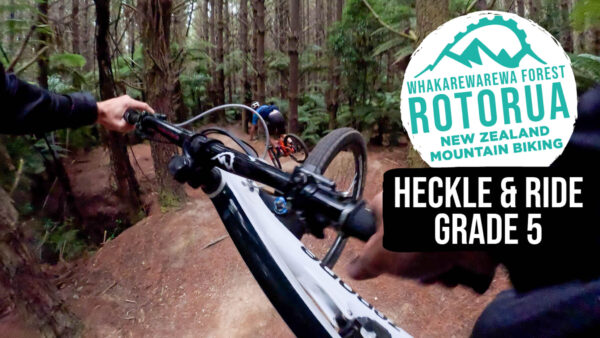Top 3 Mistakes to Avoid When Jumping a Mountain Bike: Boost Your Skills!
Share this with your friends
Jumping a mountain bike is one of the most thrilling aspects of mountain biking. Whether you’re hitting the trails for fun or competing, mastering jumps can elevate your riding experience. However, it’s not uncommon for riders, especially beginners, to make mistakes that can lead to crashes or injuries. To help you avoid these pitfalls, here are the top three mistakes we find people make when jumping a mountain bike and how to avoid them. If you find this useful, then we would highly recommend coming for a lesson in Rotorua to get your jumping dialled in!
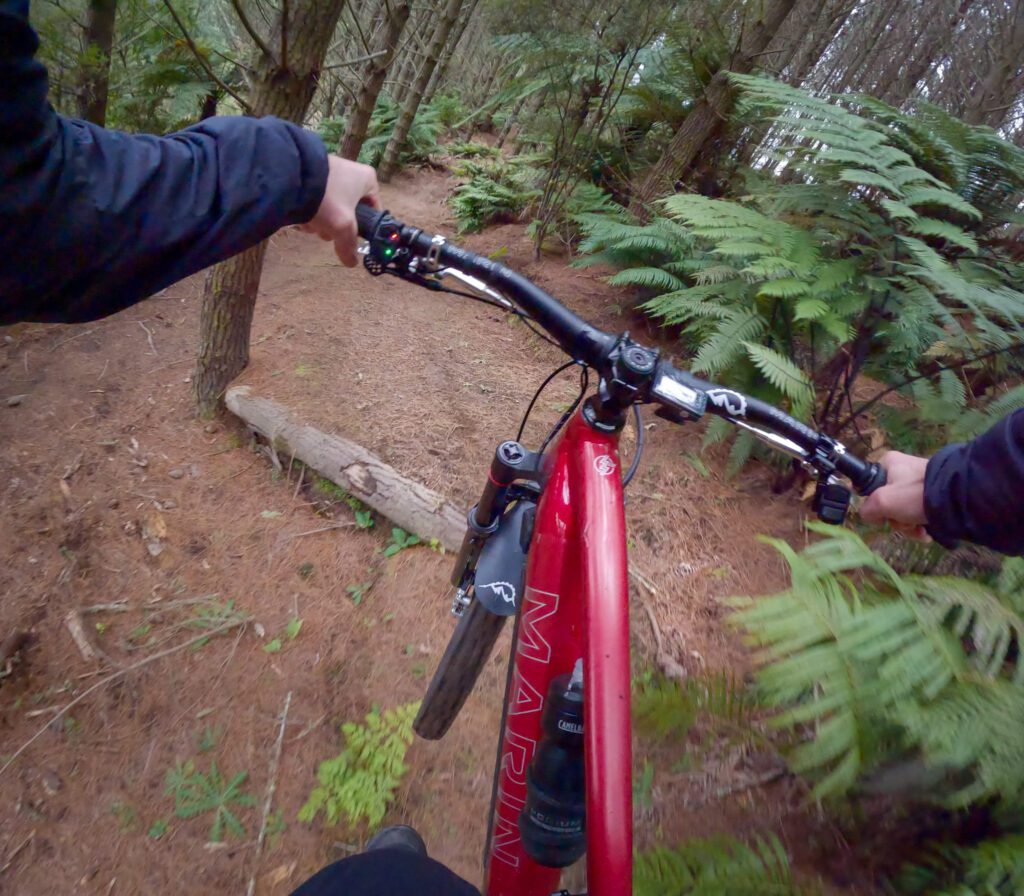
1. Incorrect Body Position
Mistake:
One of the most common mistakes is having an incorrect body position during the jump. Riders often lean too far forward or too far back, which can throw off their balance and control.
Consequences:
Improper body positioning can lead to nose dives or rear wheel-heavy landings, both of which can cause crashes or loss of control upon landing or heading into the next feature out of control. These mistakes can also make the bike less responsive and harder to maneuver mid-air.
Solution:
- Stay Centered: Keep your body weight centered over the bike. Your hips should be over the bottom bracket, and your knees should be soft.
- Neutral Position: Maintain a neutral position with a slight bend in your elbows. This helps when it comes to putting the bike where you want it to absorb the impact and maintain control.
- Look Ahead: Keep your eyes searching for where you want to land and the next feature, not on your front wheel. This helps in maintaining a balanced body posture and prepares you for a smooth landing to set up early for the following feature.
Check out this post on Body Position for more information.
2. Poor Timing on the Takeoff
Mistake:
Another frequent mistake is poor timing during the takeoff. Riders might pop too early or too late, affecting the trajectory and sometimes absorbing the take off when you want to use it to jump.
Consequences:
Poor timing can result in awkward jumps, causing you to either fall short of the intended landing spot or overshoot it. This can be particularly dangerous on technical trails or when jumping over obstacles.
Solution:
- Practice Makes Perfect: Spend time practising your takeoff on smaller jumps before progressing to larger ones. This helps you get a feel for the timing.
- Smooth and Controlled Movements: Approach the jump at a steady speed and practice compressing and releasing your bike’s suspension smoothly. Avoid sudden jerks or overly aggressive movements.
- Follow Through: Make sure to follow through with your movement after the takeoff. Keep your body relaxed and allow the bike to rise naturally beneath you.
3. Neglecting the Landing
Mistake:
Many riders focus so much on the takeoff that they neglect to prepare for the landing. This can lead to stiffening up once you take off because you are not prepared for what happens next. Landing too stiffly or not anticipating the landing can lead to hard impacts and potential crashes.
Consequences:
Ignoring the landing can result in jarring impacts that can harm your bike and your body. It can also throw you off balance, increasing the risk of falling.
Solution:
- Look Ahead: As you approach the landing, look ahead to where you want to go next. This helps in maintaining your line and preparing for the next obstacle or turn.
- Absorb the Impact: Use your legs and arms to absorb the impact. Bend your knees and elbows slightly as you land, acting as natural shock absorbers.
- Stay Loose: Keep your body loose and relaxed. Tension can make it harder to react and adjust during the landing. There are a lot of things that can make you tense like speed or choosing big jumps that you are not confident on. If necessary, don’t be afraid to find some smaller jumps to build confidence.
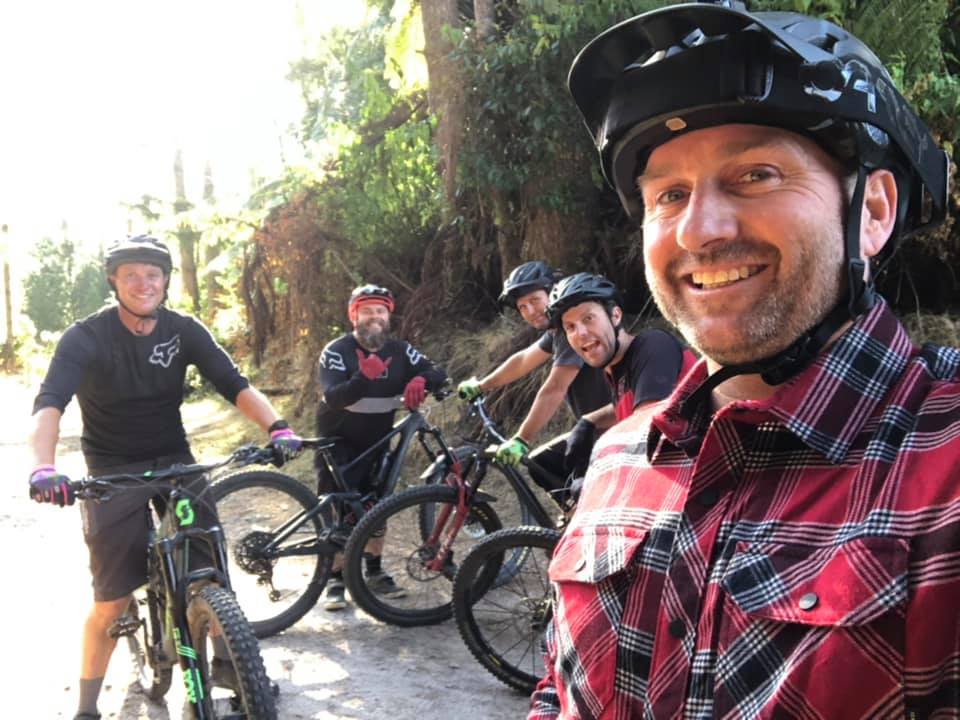
Mastering jumps on a mountain bike takes practice and attention to detail. By avoiding these common mistakes—incorrect body position, poor timing on the takeoff, and neglecting the landing—you can improve your skills and confidence on the trails. Remember, the key to successful jumping is a combination of proper technique, practice, and staying relaxed. Getting some coaching is a great way to build confidence and learn the correct technique to keep you safe and having fun!
Our Lessons are all about helping riders improve by simplifying what can often be overcomplicated. Book in with us in Rotorua if you think a coaching session could be helpful.
Do you have any specific techniques or tips that have helped you master mountain bike jumps? Share your experiences in the comments below!
At New Zealand Mountain Biking, we run epic mountain biking tours across the scenic North Island, New Zealand. We also help riders build confidence and skills in our MTB and eMTB private lessons on the legendary Rotorua trails. If you race or you want to get into some racing and you want to improve those skills, get in touch for some lessons!
You can learn more about our trips here to book your ride today!

